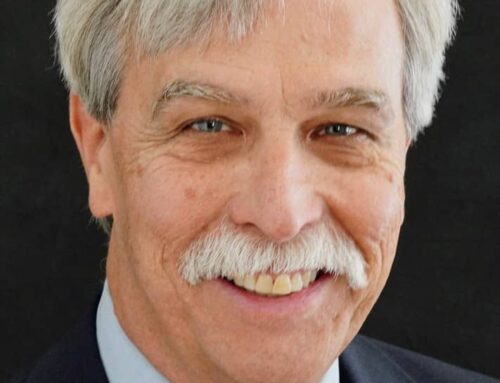On Oct. 26, President Barrack Obama announced the Student Loan Relief Act, which would cap student loan repayments at 10 percent of students’ respective discretionary income.
The act would also limit the repayment period. Outstanding federal higher education loan debt would be forgiven after 20 years, stepping back the 25-year period set by 2007’s College Cost Reduction and Access Act. The Act would take effect in 2014.
Given all these changes, college alum facing an uncertain job market can breathe a sigh of relief – but just a small one.
While capping federal higher education loan payments is a step toward alleviating some students’ financial burden, the problem is a lot bigger than the individual.
More and more students are borrowing money to finance their educations, which goes without saying. This year, student loan debt is estimated at roughly $1 trillion, surpassing even credit card debt.
Even more worrisome, last month the U.S. Department of Education showed an increase in the default rate of federal higher education loans – the highest rate since 1997. The rate has been on the incline for the past few years.
All of this unpaid debt creates a bubble of deficit in the nation’s budget. With every new unpaid loan, more air is pumped into the bubble, until the only options seem to be deflation or rupture.
The latter is the one we should be concerned about. We all remember what happened when the home loan bubble finally popped.
The impending student loan bubble will not be an easy one to stop. In fact, forgiving large chunks of federal student loan debt after the repayment period probably won’t help. After all, that’s money the government will likely never see again.
But higher education, in this job market especially, is increasingly necessary. And students will continue to borrow money from the government to finance it, even as college costs rise.
Exponentially increasing college will likely rise to levels close to counteracting any help the government gives. Consider that, according to the College Board, the average tuition for in-state students at four-year public universities increased 8.3 percent this school year to $8,244, outpacing the rise in the cost of living. Although it’s a step in the right direction, capping payments will not effectively stop students’ rising debt.
But students aren’t entirely blameless.
Students continue to borrow irresponsibly, taking out loans for more than they need to cover the cost of their tuition and fees, and going to schools with higher sticker prices than they probably can afford to pay back later.
But whether the students, the government or the collegiate institutions are responsible for the federal student loan bubble, we need to find a way to prevent its rupture.
[email protected]
Photo: Flikr/espenorvik





